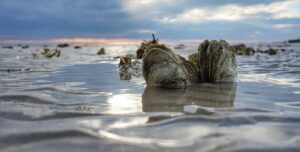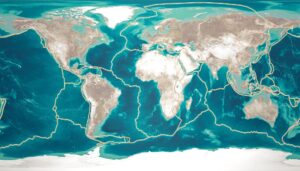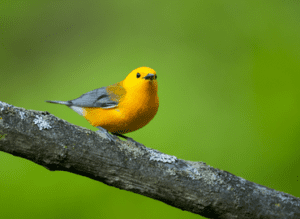You park your car behind the dune, walk the boardwalk to the beach. The first part of the beach is the berm, where you put your towel. Then you walk down the beach face into the water and you’re on the low tide terrace. You will learn the different parts of the beach and how they contribute to its mechanics. Why do beaches erode? Why does it help to swim along the beach to get out of a rip current? The two major reasons that beaches erode is tied to the time between waves breaking on the beach and the sediment type that makes up the beach. You will also examine sand samples from all over the world and determine why beaches are black, white, peppered, or red. You will also learn the difference between tropical and temperate beaches. One session will talk about beach mechanics, and one session will be a “lab” analyzing actual sand samples.
Feedback from Doug’s last course:
“Bring him back for another geology class!”
“Great! I’ll listen to him any time. Interesting, informative.”
“Outstanding presentation! We hope that Doug will be back in the Forum line-up in the future!”
“5 stars for the instructor, the topic, his deck, his knowledge, and his enthusiasm. I look forward to learning with him again.”
Course Links:




